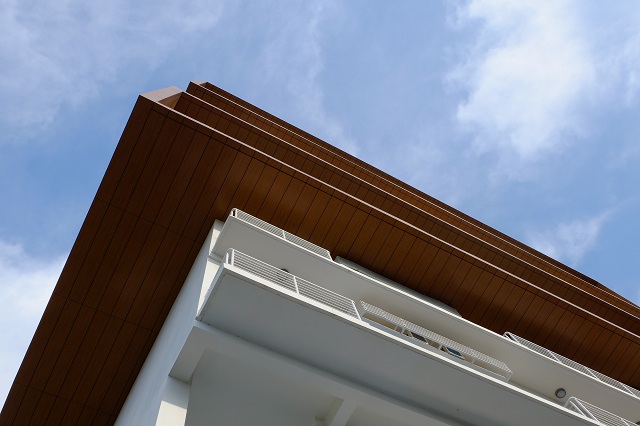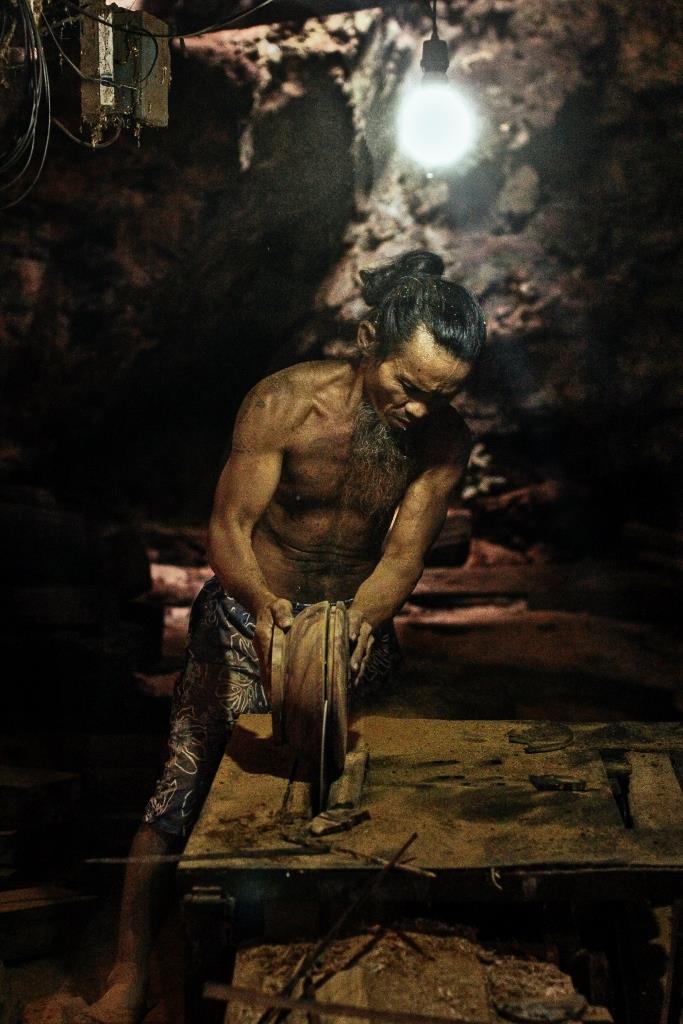Skeptics and believers alike, we all feel how our surroundings affect us throughout the day.
Admit it. When our room is cluttered, we think it a coincidence that our thoughts also hit a wall – a writer’s block, a brain freeze, a migraine, a laziness – it can be in different forms. We then most likely grab our bag to go somewhere we can breathe and get our inspirations back. What is just the mere ‘feel’ or ‘ambiance’ of a place that motivates us to do something we are supposed to be doing is not just an innate attachment we have to a place. It is actually the energy in that place.
Yes, skeptics, it has a logical explanation. This ‘energy’ in formal circles can actually take on the elaborations on lighting, airflow, and other such elaborations that are quite acceptable to everyone. So when we are confronted with the dilemma of choosing feng shui or picking high-performance design guides in deciding how to construct our homes, there shouldn’t be much of a problem. We can have both.
Feng shui gives importance to the flow of energy. Anything that would block good-flowing energy is removed, which is why airy rooms are preferred than cramped spaces that could suffocate the occupants of the building. High-performance design actually also revolves around the principle of energy – natural energy. It analyses how the wind and sun would affect the different parts of the house and how the inhabitants would prefer to have their activities affected by these.
High-performance buildings actually try to harmonize the construction with the environment around the building. Feng shui is about harmony as well – being one with the forces of nature, the yin and the yang balanced. Sometimes, it is simply a matter of terminology. In the end, everything really works according to the basic principles of living on a breathing and living space – the earth, which is made up of different forces we need to live in harmony with.
Primavera Residences, a high-performance condo complex in Uptown Cagayan de Oro, is built around this principle. To learn more about its environment-friendly features, check out: www.primaveraresidences.com.




